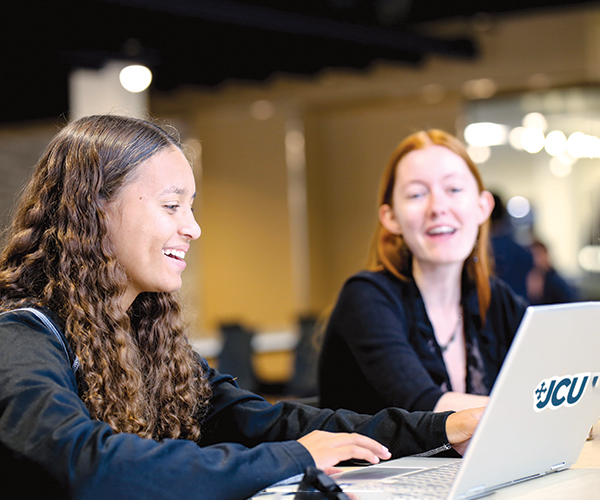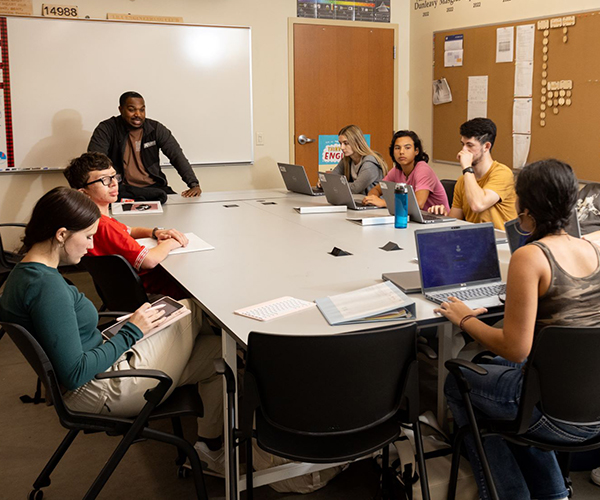Accolades keep coming for this Alliance-based college. Mount Union’s president, Dr. Richard F. Giese, has defined six strategic initiatives to help keep it that way.
The tone of Giese’s outline makes clear that the administration will not rest on its laurels. In fact, enhancing the college’s reputation is one of the areas of concentration.
At the top of his list, however, is the development of the “curriculum of the future,” the college’s term for rethinking courses or course offerings through the use of technology.
New models and solutions are being evaluated and implemented across the university. The Education Department, for example, one of the most popular majors, is introducing a new specialty for intervention specialists — what used to be known as teaching those with special needs.
Curriculum changes in Health Services are also being considered, with special consideration being paid to the eventual introduction of a physician’s assistant program.
Mount Union has always been strong in natural sciences. Its 142-acre Nature Center, located just south of Alliance, serves as an environmental biology lab. With the recent completion of Bracy Hall, a $21 million faculty and classroom facility, it is poised to take on the national need for environmental scientists.
Giese realizes that a college’s success isn’t all about academics. If college life is to be given any weight, surely the residential nature of campus is crucial. While the national trend has focused on increasing the commuting and nontraditional student base, Mount Union has discovered its niche as a residential campus. With 78 percent of students living on campus, it looks to increase the percentage in the future.
Millions of dollars have been invested in the areas Giese defines as “eating, sleeping and recreation.”
Of that, $1 million was spent to renovate the campus and dining commons. AVI, a prominent national foodservice organization, changed the face of the offerings, creating a food court setting with a contemporary look and feel.
Student residence halls have been renovated, and college-owned, apartment-style housing was introduced to accommodate 200 upperclassmen. Outdoor recreation facilities and locker rooms were renovated, while plans are being made to create a $10 million physical education building facility.
With improvements in place, Mount Union is focusing on increasing enrollment. Currently, 2,200 students attend the college; its goal is to reach a maximum student body of 2,500.
Diversity is also a key area of concentration. Mount Union is “defining this broadly,” according to Harry Paidas, vice president for public affairs and marketing. “We are examining diversity from an international perspective. We want to become more welcoming. We want our students to be able to interact with all kinds of people.”
Mount Union is encouraging students to study abroad, offering majors in Japanese and course offerings in Chinese and introducing an International House.
The college is hoping to maintain its fiscal strength. Its $144 million endowment compares favorably with other colleges of its size across the country, according to Paidas.
Trending
-
1
-
2
-
3
-
4
-
5










